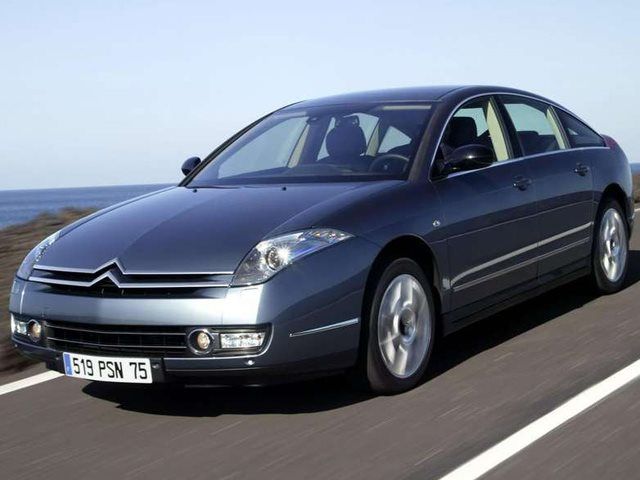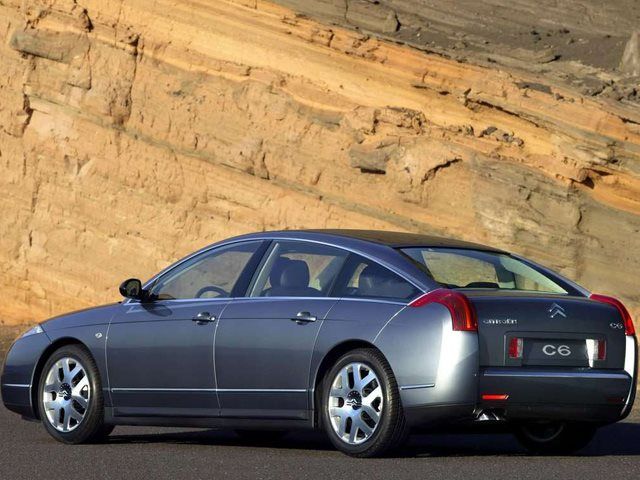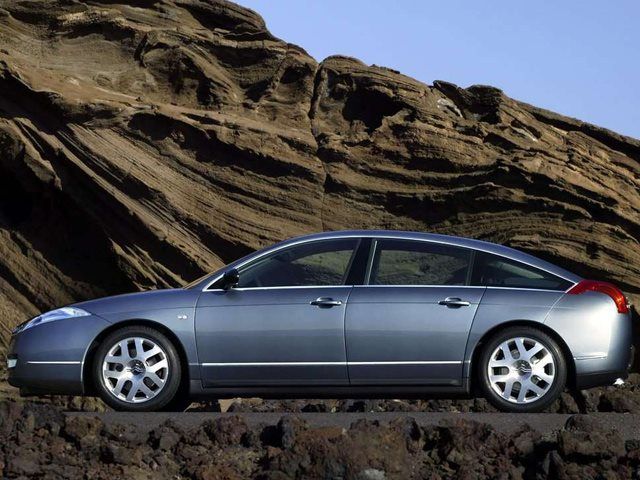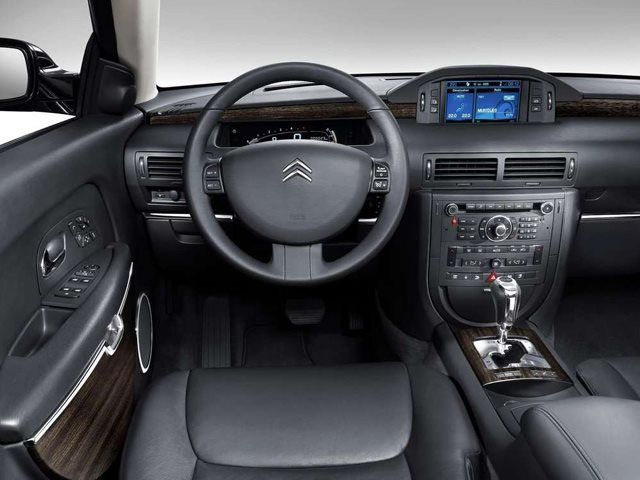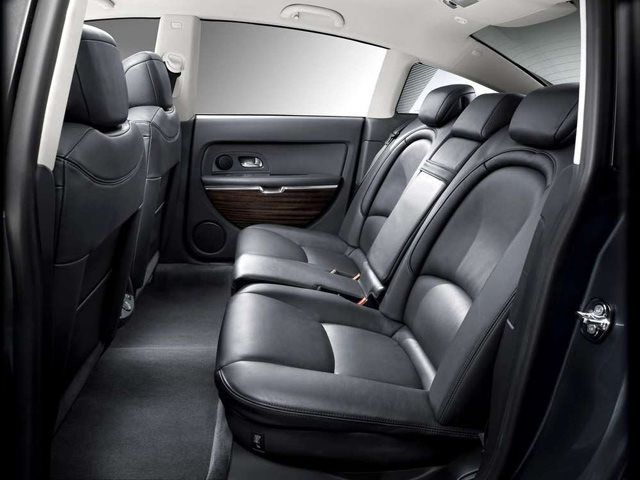Technically, this one has been discontinued. But France is a European car-producing country and it seemed unfair not to mention them. Production only stopped a little over a month ago, and the Citroen C6 was the last truly great French luxury car. The C6 didn't really compete directly with the other, much bigger cars in this series, but rather went up against cars like the BMW 5 Series, but even then, it's safe to say it wasn't even really competing with them either.
The idea for the C6 had been introduced back in 1999 as a replacement for the big box of weird that was the XM. Citroen had always produced rather unusual big cars, dating all the way back to the DS in the Fifties. This was replaced by the CX, which was the last car it produced before the company was taken over by Peugeot. So when it came time to bring out another big car, the XM, in 1989, it was as though Citroen was trying to prove that they could still build weird cars even with Peugeot holding the checkbook. And weird the XM was, although this shouldn't necessarily be thought of as a bad thing.
Weird cars are some of the last ones which we can look at as being a specific person's vision, rather than something dull that was pieced together by a committee. Perhaps even that the car itself was the quote from Citroen at the time of the XM's debut; that it was supposed to "take what Citroen means and make it acceptable". Well, I guess we are talking about the company that made the 2CV. The C6 Lignage concept first debuted at the 1999 Geneva Motor Show with the idea that it would go into production in 2001. But it would end up taking until 2005 for the car to actually begin production (ed: joke based on French stereotypes goes here).
What is immediately noticeable about the C6 is that it is distinctly not German. There have been attractive German cars before, plenty of them, but the Audi A6 and BMW 5 Series feature some of the dullest styling you can buy. Not actively ugly or anything, just immediately forgettable. This is not something which the C6 suffers from. That concave rear windshield is something few other automakers would have the courage to try today, but it has to be said that it looks fantastic. The whole car has an elegant, almost baroque quality to the styling, both inside and out.
It is stylish without being showy, not something which is easily accomplished. The C6 was not built for speed, but this is no different from any other big Citroen, but none of them have come up short on power either. The C6 was available only with a 3.0-liter diesel V6, which certainly doesn't sound especially ambitious, but remember that this is a Peugeot diesel, and as anyone who saw it take the win at the 2009 24 Hours of Le Mans with a diesel car will attest, it knows what its doing. But of course, the C6 was built for comfort, just like the previous big Citroens, and it did not disappoint in the least.
Like its predecessors, the C6 uses a hydraulic suspension, tuned to make Citroen a world leader in comfort technology. It's a shame that this doesn't get the same kind of attention as technology which makes a car faster or more fuel efficient, but it is the arena which Citroen decided to dominate. As with basically every other car on the planet, sales of the C6 tanked a few years ago as a result of the economic meltdown, but unlike most others, the C6 never fully bounced back. Sales were never exceptional anyway, people just seem to prefer the speed and prestige of a German luxury car.
There's nothing wrong with this, obviously, but it does seem a shame that the one mainstream luxury car built in Europe to be supremely comfortable can't sell a little bit better. Yet even with C6 now in retirement, we're told that this won't be the end of the big Citroens. Planned for production starting at the end of this year (although who knows, really) is the DS9, a stylish and big new Citroen which revives the DS nomenclature for larger Citroens. Let's hope it actually makes it to production and that it's as weirdly lovable as it predecessors.

